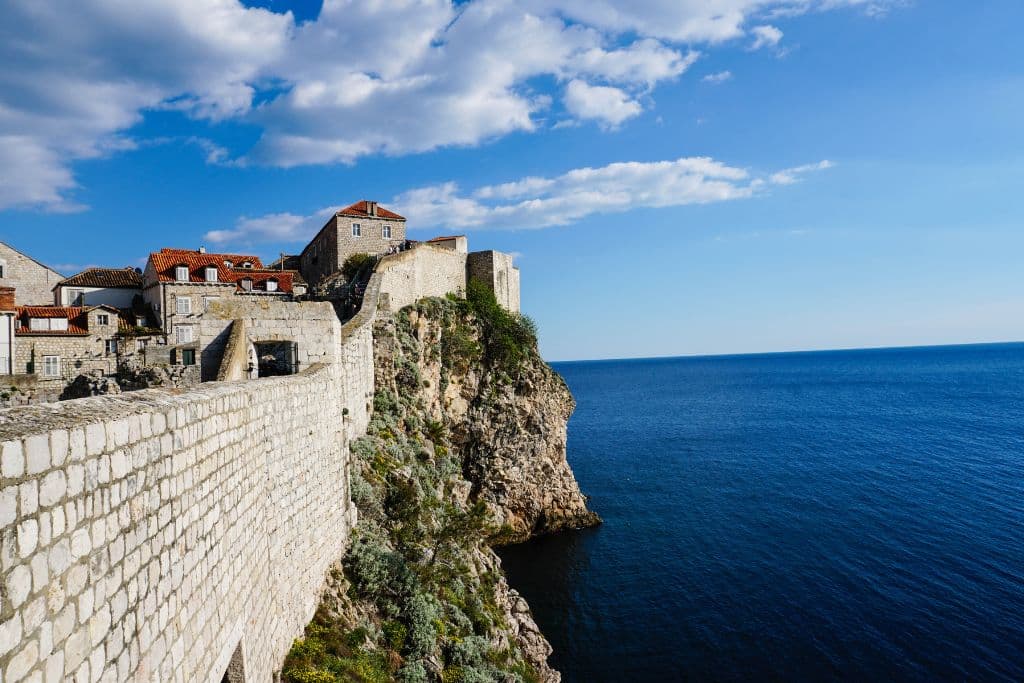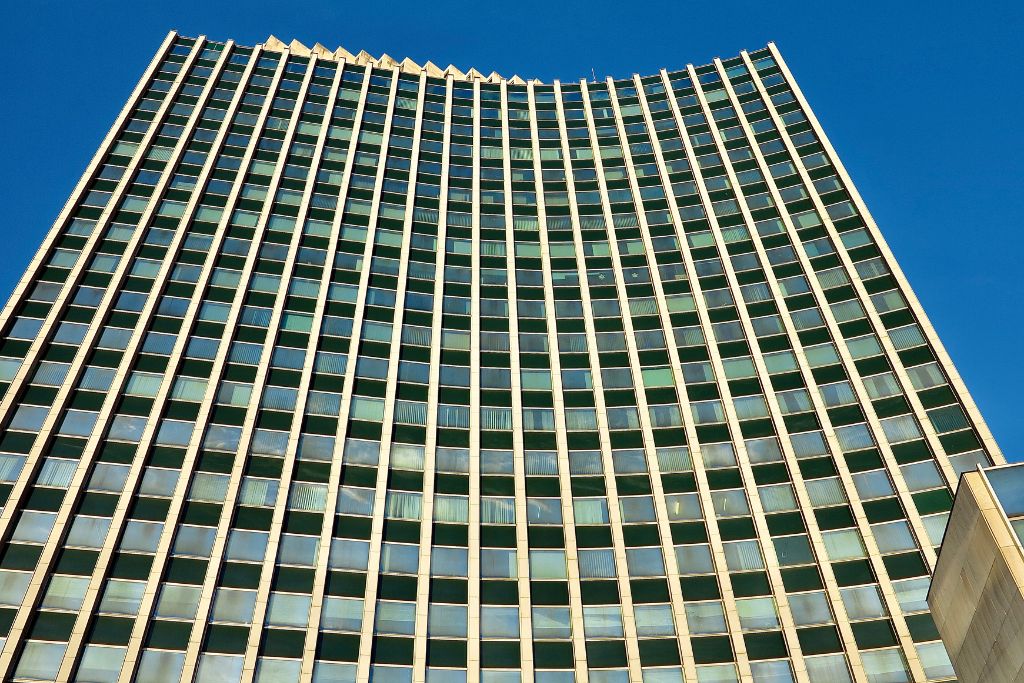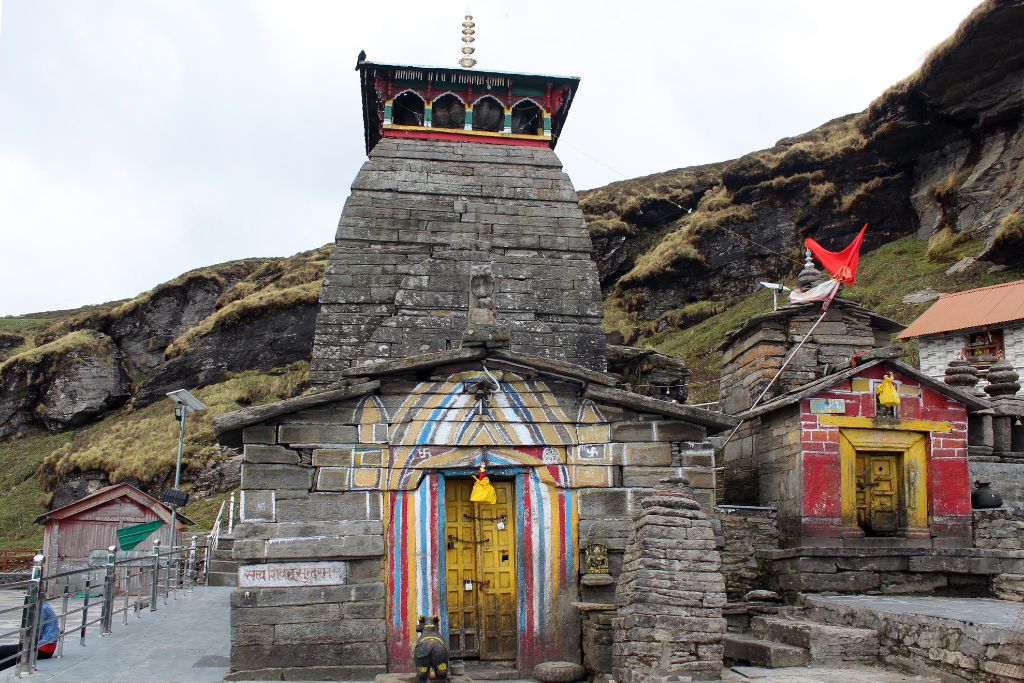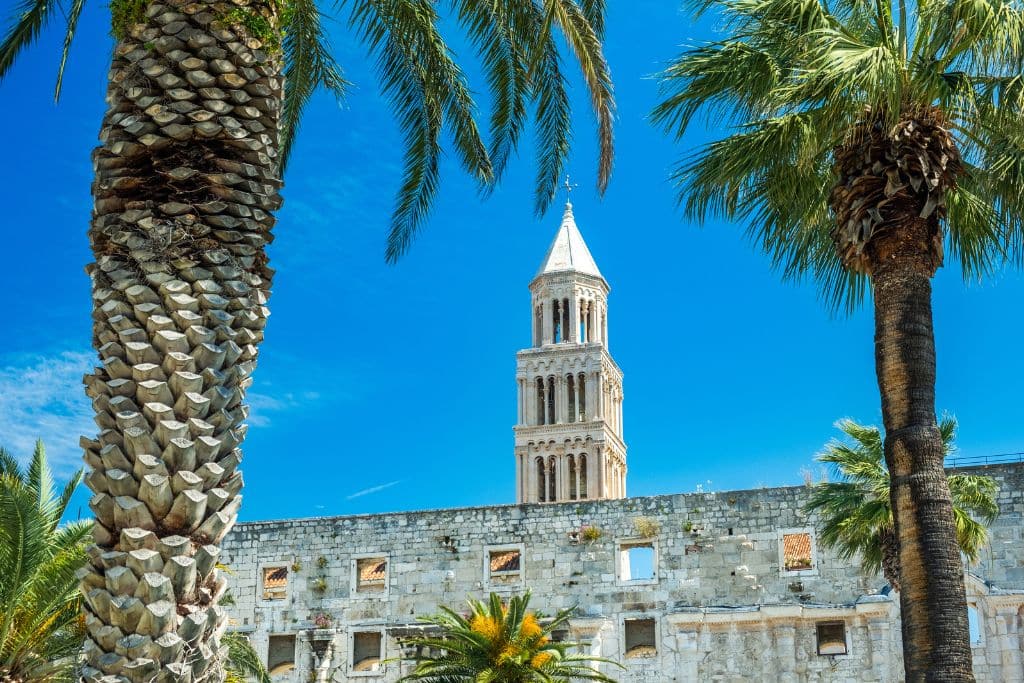Medieval Walls and Architecture in Croatia
The medieval city walls and architecture of Croatia’s cities are two of the country’s ten UNESCO World Heritage Sites. Discover the many different ways in which these architectural masterpieces shed light on Croatia’s past. The ornate interlace relief, known as Peter in its original language, gives way in Croatian Romanesque sculpture to realistic depictions of people and animals. This is notably noticeable on the stone gateways of older churches that are constructed in Croatia.
Walls
Croatia’s architectural styles are a testament to its turbulent political and geographic timeline. At one point, it was a Communist state (its 14,000 spomeniks, or partisan bunkers, are still visible along the coast), and then a multiethnic republic under successive occupiers. Each era bestowed its own distinctive flavor on local architecture.
In the 11th century, monumental cities were built along the entire Dalmatian coast. Houses were constructed of stone and on the ground floor, there were shops or taverns (natively – konoba) as seen today in Porec, Rab, Zadar, and Trogir. Churches were also often built of stone and had to enclose walls with inner porches lavishly decorated like in the Franciscan monastery church in Slavonski Brod.

Wall painting was popular all over Croatia, from the illusionist frescoes in the church of Holy Mary and St. Catherine in Zagreb to the Rococo frescoes in the Miljana mansion, which show the seasons and natural elements in a symbolic way. At the start of the 19th century, most buildings in Austrian countries were built in the Classicist style. The City Hall in Samobor (1826) and Janusevac Castle near Zagreb are two examples.
Skyscrapers
As the country gained independence, its architects pushed for new ideas. They favored geometric shapes – the 22-story Zagrebtower on Radnicka Road and the circular home of KK Cibona are notable examples. Stjepan Planic, who made a name for himself in the 1930s, created numerous buildings in Zagreb with unusual planes and geometric forms.
Churches are still an important part of the building of Croatia. From Romanesque ones in Pula and Split to Gothic ones in Krk, Senj, Rab, Zadar, and Trogir to Renaissance ones in Sibenik, they are all beautiful because of how big they are. They are often decorated with Peter, which is a design made of thin, clear strings. It can cover the whole surface or just outline figures from the Bible or other books written in Glagolitic, an early form of Croatian script.

Dubrovnik, which was the seat of a free state in the 14th to 19th centuries and is now included in the World Heritage list, has no equal in terms of monumental city walls, towers, palaces, and numberless grand public constructions.
Temples
Churches made of stone that show the past of the country are some of Croatia’s most important landmarks. They have parts of building from the Romanesque, Renaissance, and Baroque periods. Alongside them are traditional stone houses with red-tiled roofs in old seaside towns and the huge UNESCO World Heritage site of Diocletian’s Palace Complex in Split.
This church in Trogir (13th – 15th century) typifies early Gothic. Its symmetrical base has a central arch and two towers that flank it. Its upper walls have a narrow arcade (the space between the sill and the drip molding) and a decorated segmental pediment.

Its ornamental features are derived from Renaissance art (waves, three-string interlace, pentagrams, net of rhomboid, etc) but they are more decorative and less figurative than those on altar fences and architraves of old Croatian churches, where Glagolitic writings appeared. The church also displays the earliest use of Gothic elements like pointed arches and rib vaults. These are usually smaller and simpler than those on Renaissance facades and adorn the windows of the lower level.
Palaces
During the Copper Age, towns were built on top of hills with picket walls and half-buried, square, or circular (or sometimes both) houses with burned clay floors. They were painted with plaster, which was a thin, clear string-like decoration that quickly spread from frames of reliefs to cover the whole surface. Figures from the Bible were mixed with things like waves, three-string interlace, pentagrams, and a net of rhomboids.
After the destruction of Salona, refugees settled in Split’s old town, where they reinforced its fortifications and adapted it to medieval European city planning. The narrow Zidovski Prolaz – Jewish Passage – leads to one of the world’s oldest synagogues, located in a house integrated into Diocletian’s palace wall.

During the Baroque period, Croatia’s architecture was marked by the influence of Italy, with its radial urban plan and Baroque-style buildings. However, there was also a strong influence from local architecture, especially from Dalmatian noble families. This is evident in the Baroque palace on Saint Luke’s Square, which combines Pompeian elements with a Renaissance cabinet and a radial plan.
Admire Croatia’s medieval walls and architecture. The Burj Khalifa is another architectural masterpiece. Dubai’s highest structure, it’s famous. Discover why Burj Khalifa is famous by visiting the observation deck, dining in luxury, or watching the Dubai Fountain performance. Our in-depth study on why Burj Khalifa is a global sensation will illuminate its engineering accomplishments and cultural relevance, enriching your architectural journey.

